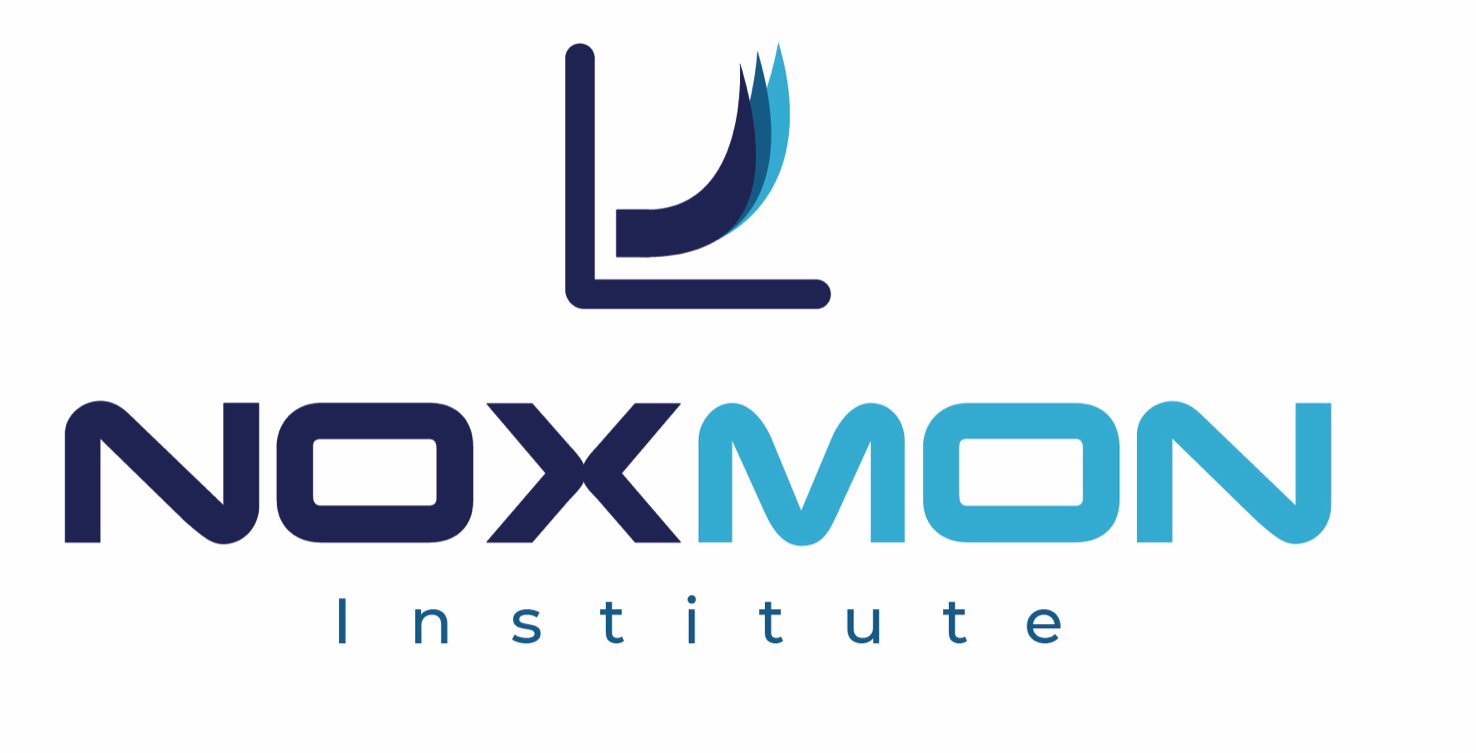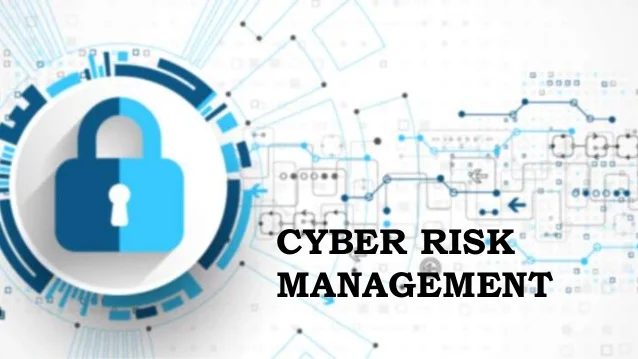Cybersecurity – Physical and Digital Defense

In today’s interconnected world, cybersecurity has become an essential component of protecting against potential threats to both physical and digital assets. However, there are significant differences between cybersecurity for the physical world and the digital world that require different approaches and considerations.
Here are some key differences between cybersecurity for the physical world and the digital world:
-
Nature of Threats: Cybersecurity for the digital world focuses on protecting against threats such as hacking, malware, and phishing attacks that target computer systems and networks. In contrast, cybersecurity for the physical world focuses on protecting against physical threats such as theft, vandalism, and terrorism.
-
Attack Surface: The attack surface for cybersecurity in the digital world is much broader than in the physical world. Digital systems are connected to the internet and can be accessed remotely, making them vulnerable to attacks from anywhere in the world. Physical systems, on the other hand, are typically located on-site and are less accessible to attackers outside of the immediate vicinity.
-
Security Measures: The security measures used in cybersecurity for the digital world are different from those used in the physical world. In the digital world, security measures include firewalls, antivirus software, and encryption. In the physical world, security measures may include security cameras, access control systems, and physical barriers such as gates and fences.
-
Consequences of Breaches: The consequences of breaches in the digital world are typically less visible and immediate than in the physical world. For example, a data breach may go unnoticed for months or even years, whereas a physical breach such as a break-in is immediately apparent.
-
Recovery Time: The recovery time for cybersecurity breaches in the digital world is typically longer than in the physical world. Restoring data and systems can take days or even weeks, whereas physical damage can often be repaired more quickly.
In conclusion, cybersecurity for the physical world and the digital world require different approaches and considerations. While both are essential for protecting against potential threats, the nature of the threats, the attack surface, the security measures used, the consequences of breaches, and the recovery time all differ significantly. Organizations need to have a comprehensive cybersecurity strategy that addresses both the physical and digital aspects of their operations to ensure they are adequately protected against potential threats.





Responses